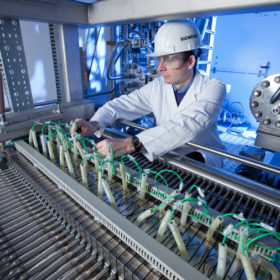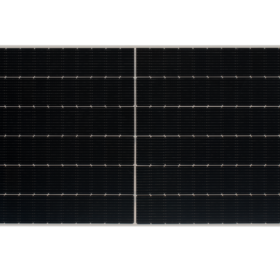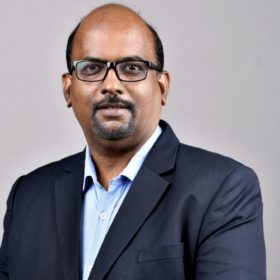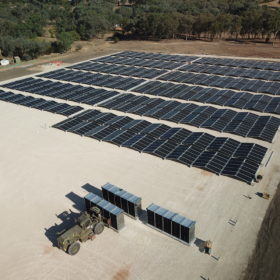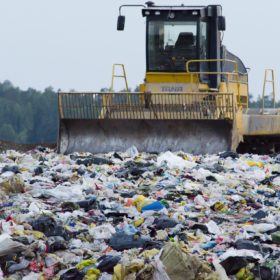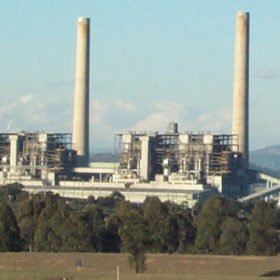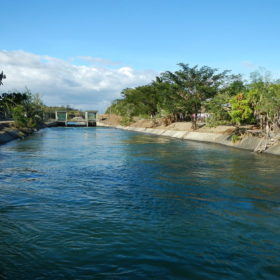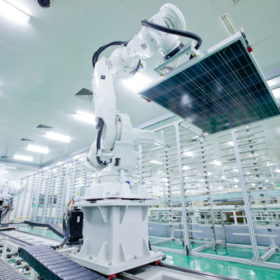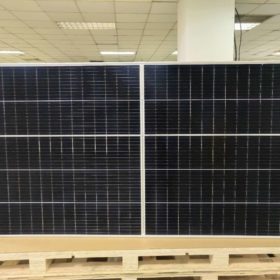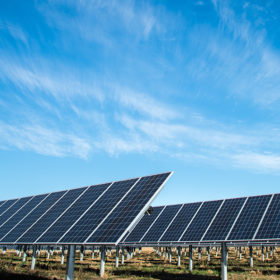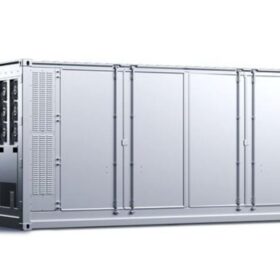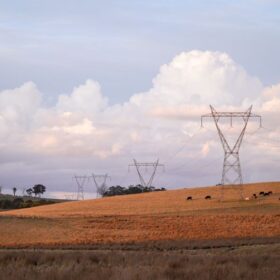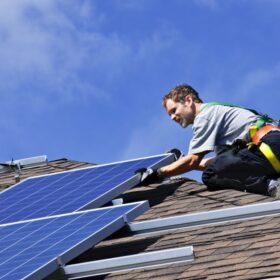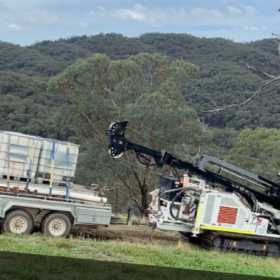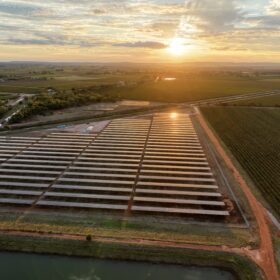Low-cost, durable catalyst for hydrogen production
Researchers from India’s Centre for Nano and Soft Matter Sciences have developed a coordination polymer-based catalyst for hydrogen production that exhibits exceptionally high durability for 70 hours at a high current density of −300 mA/ cm2.
Jinko unveils new 610 W solar panels
The Chinese manufacturer introduced new PV modules this weekend at the SNEC solar exhibition in Shanghai.
Sterling and Wilson: Europe will be our next stop
Having bagged large orders in the U.S. and Australia, Indian multinational engineering, procurement and construction (EPC) services provider Sterling and Wilson Solar is bidding for tenders in new regions, Europe among them. Kannan Krishnan, S&W’s chief operations officer for solar in India and the South Asian Association for Regional Cooperation area, speaks to pv magazine about the impact of Covid-19 on the solar EPC business and the company’s expansion plans.
Federal government awards major project status to Sun Cable’s 10 GW solar plan
The Australian federal government is fast-tracking the world’s biggest solar and storage project in the sun-drenched Tennant Creek region that aims to power Darwin and export solar from the outback to Singapore and eventually Indonesia via a submarine transmission link.
Understanding the fate of end-of-life modules
Scientists in India have taken a close look at the potential impact of growing volumes of PV waste, and have conducted surveys that suggest a lot more work is needed from manufacturers and policymakers to develop management systems for end-of-life PV products.
A ‘just transition’ just about the only transition worth having
A team of international researchers featuring ANU’s Prof Frank Jotzo has published a study on the ‘just transition’ from coal to renewable sources of energy. The paper looks at comparative examples of transitioning economies, taking account of political realities, and ultimately shows that a ‘just transition’ is just about the only transition worth having.
Philippines’ nexus approach for water and solar power supply
The country’s National Irrigation Administration will bet on floating PV and solar-powered irrigation to improve water and energy supply. The Pantabangan and Casecnan dams, in the province of Nueva Ecija in the Central Luzon region, have been identified as ideal locations for floating solar.
Jinko claims 24.79% efficiency for n-type monocrystalline cell
The Chinese manufacturer has claimed a world record for a large-size, contact-passivated solar cell. The result, certified by Germany’s Institute for Solar Energy Research in Hamelin, betters the company’s previous record by almost 0.6%.
Trina reveals 600 W module
The Chinese giant has leapt ahead of rivals who recently announced their intent to work towards the next generation of mega panels by pledging to have its 600 W Vertex product on sale by the end of March.
UNSW research disproves outdated claim that energy transition is an economic hindrance
University of New South Wales researchers have published research disproving claims that the energy transition to large-scale wind and solar would hinder the global economy. The research, which ousts outdated and cherry-picked data while showing the economically salutary effects of renewables, comes as 500 UNSW staff face the axe due to the impact of Covid-19.
